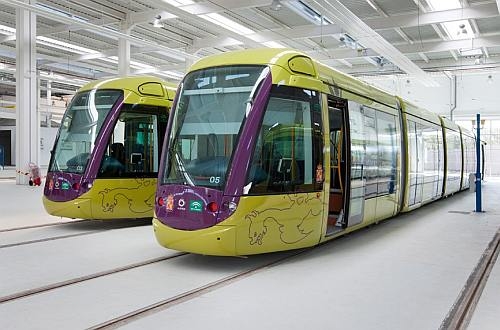According to the comprehensive, one year-long audit, annual operating costs for the line will reach €3.3m, with a further €1.7m budgeted for loan repayments on the five Alstom Citadis LRVs. Revenues are projected to be around €1.3m per year based on annual ridership of 1.3 million passengers, well below the 3 million originally forecast for a city of only 120,000 inhabitants.
After acknowledging the results of the audit, the city council has refused to cover the €3.7m annual operating deficit and FGC has therefore confirmed it will not run the system at a loss.
Although the Andalusia regional government covered almost the entire cost of the civil works, acquired the LRV fleet and leased it to the city, the council says it is now unable to fund the operation of the €100m line and wants the regional government to cover all of the costs.
The city's mayor Mr José Enrique Fernández de Moya announced this week that the council will now try to find a private operator to run the system at their own risk and without taxpayer support. If no bids are received, it will pass responsibility for the line on to the regional government.
Construction began on the line in 2009 and a free trial service began operating on May 3 2011. However just 17 days later a court banned these services after an injunction brought by a competing local bus company, and the LRVs have remained unused in the depot ever since.
Light rail projects blossomed in southern Spain during the country's construction boom, with regionally-supported projects emerging in Seville (in service), Cadiz, Velez-Malaga (closed in 2012 after just six years of operation), Jaen, and Malaga.

